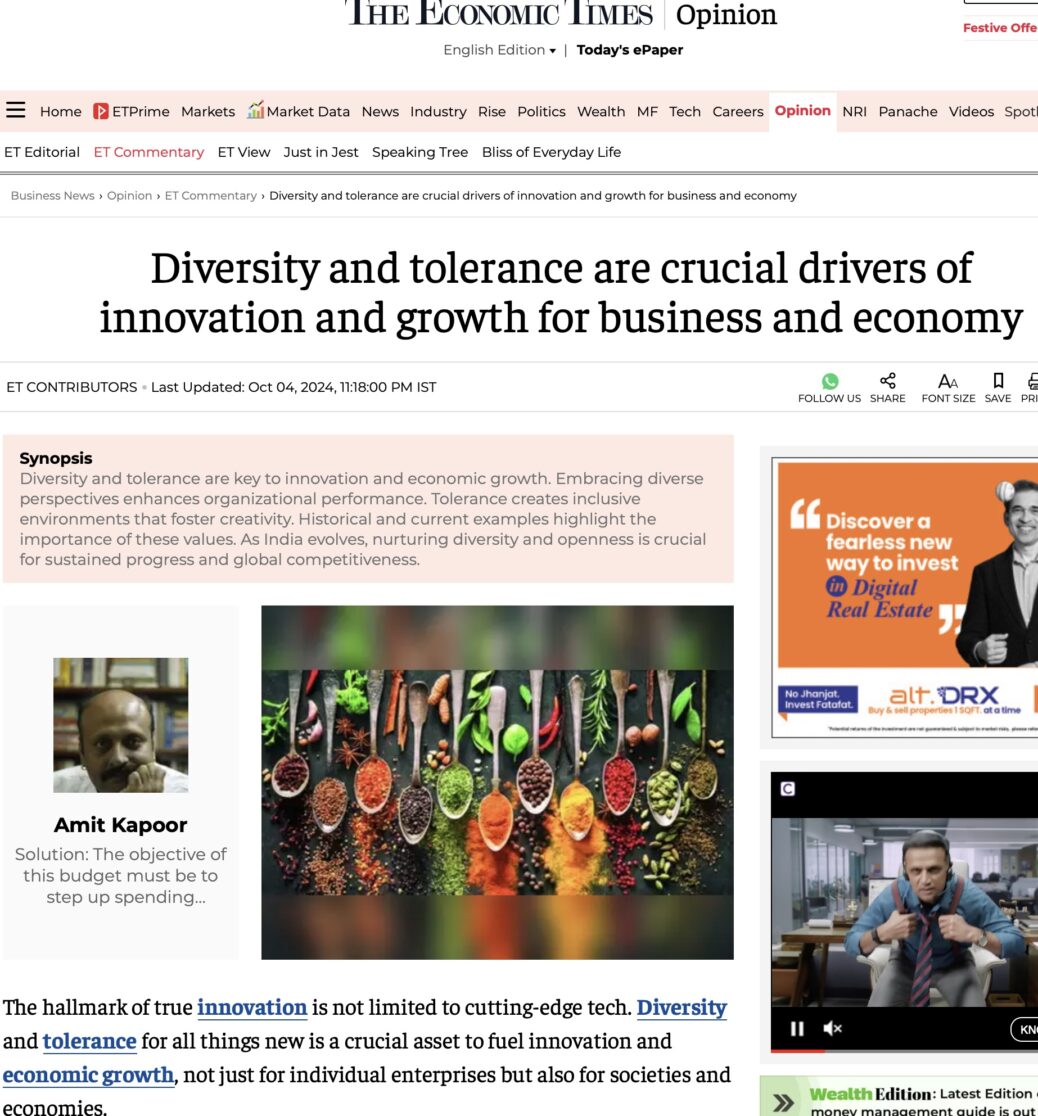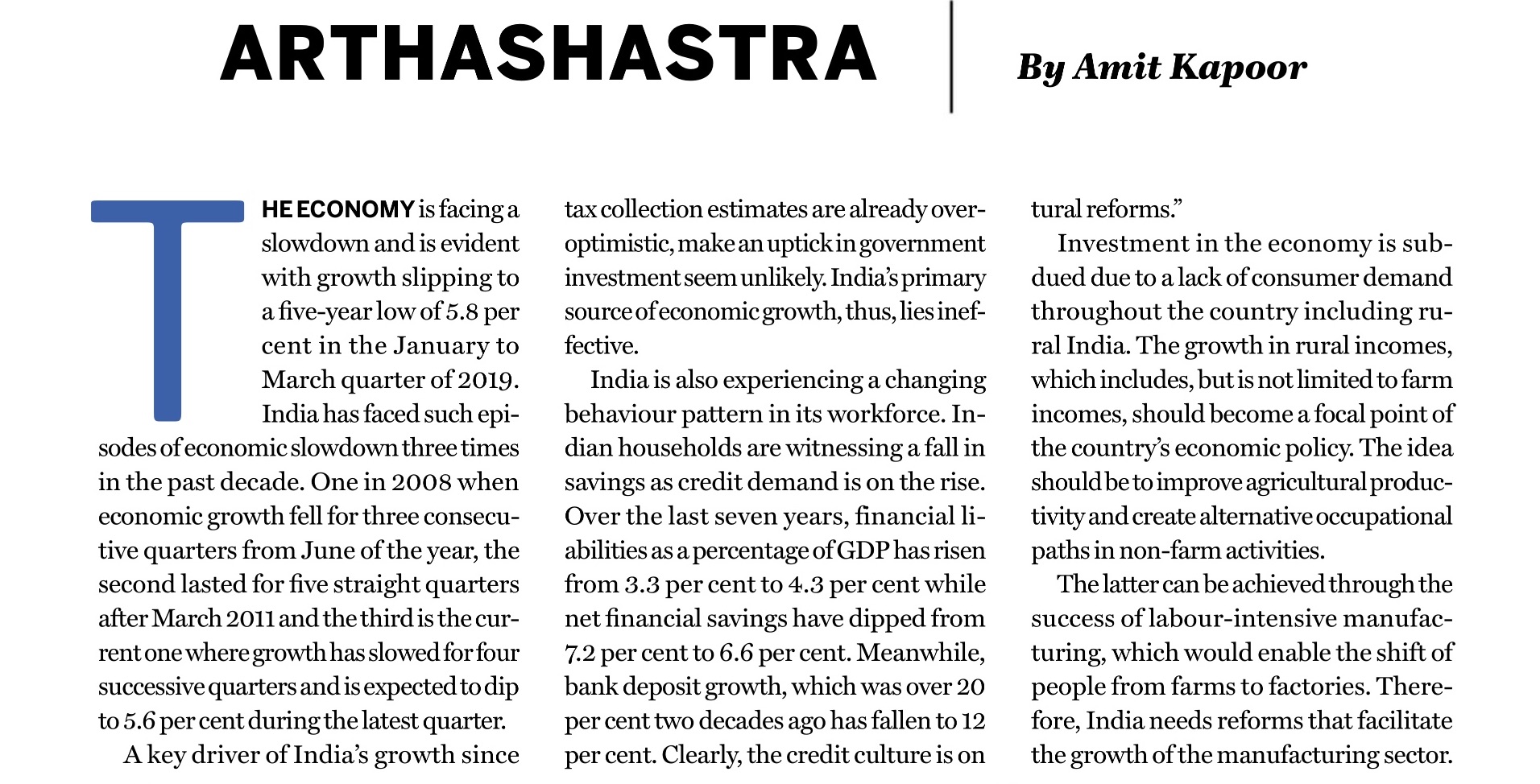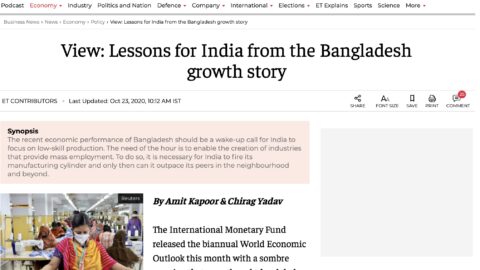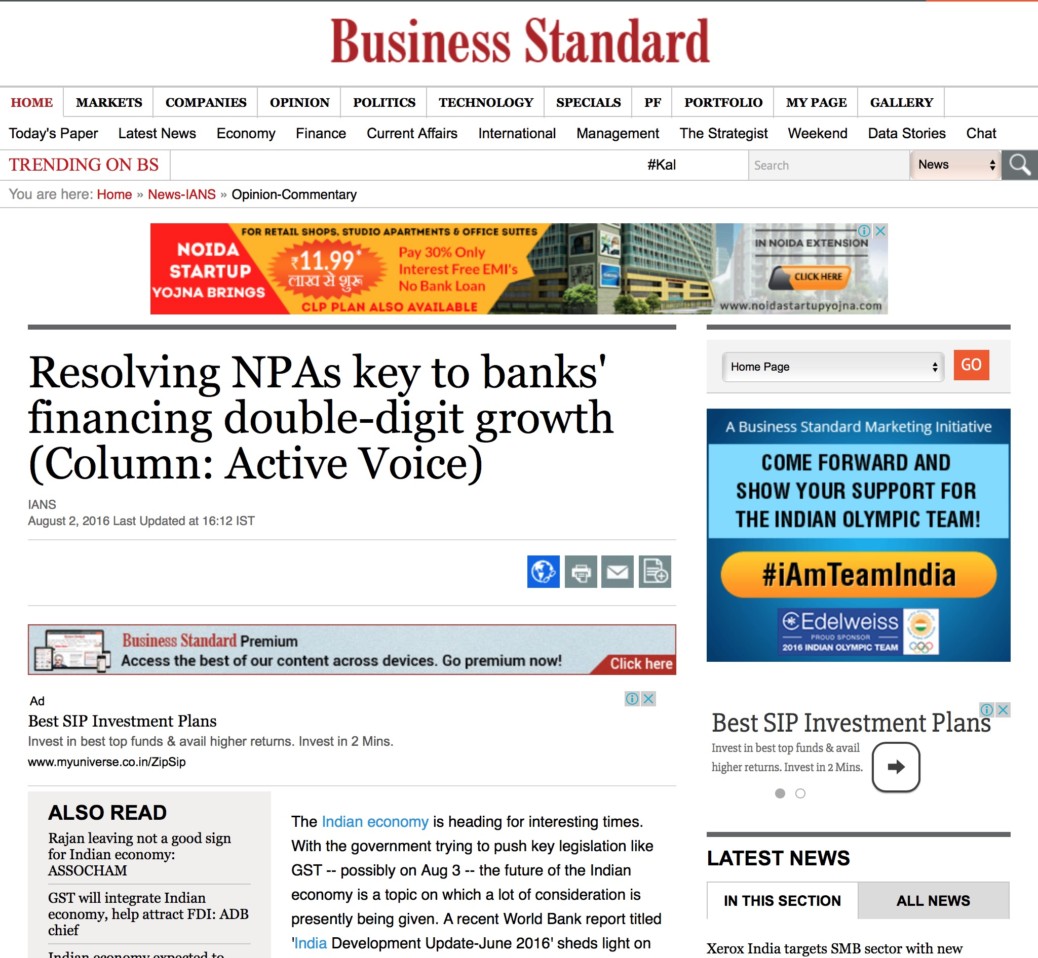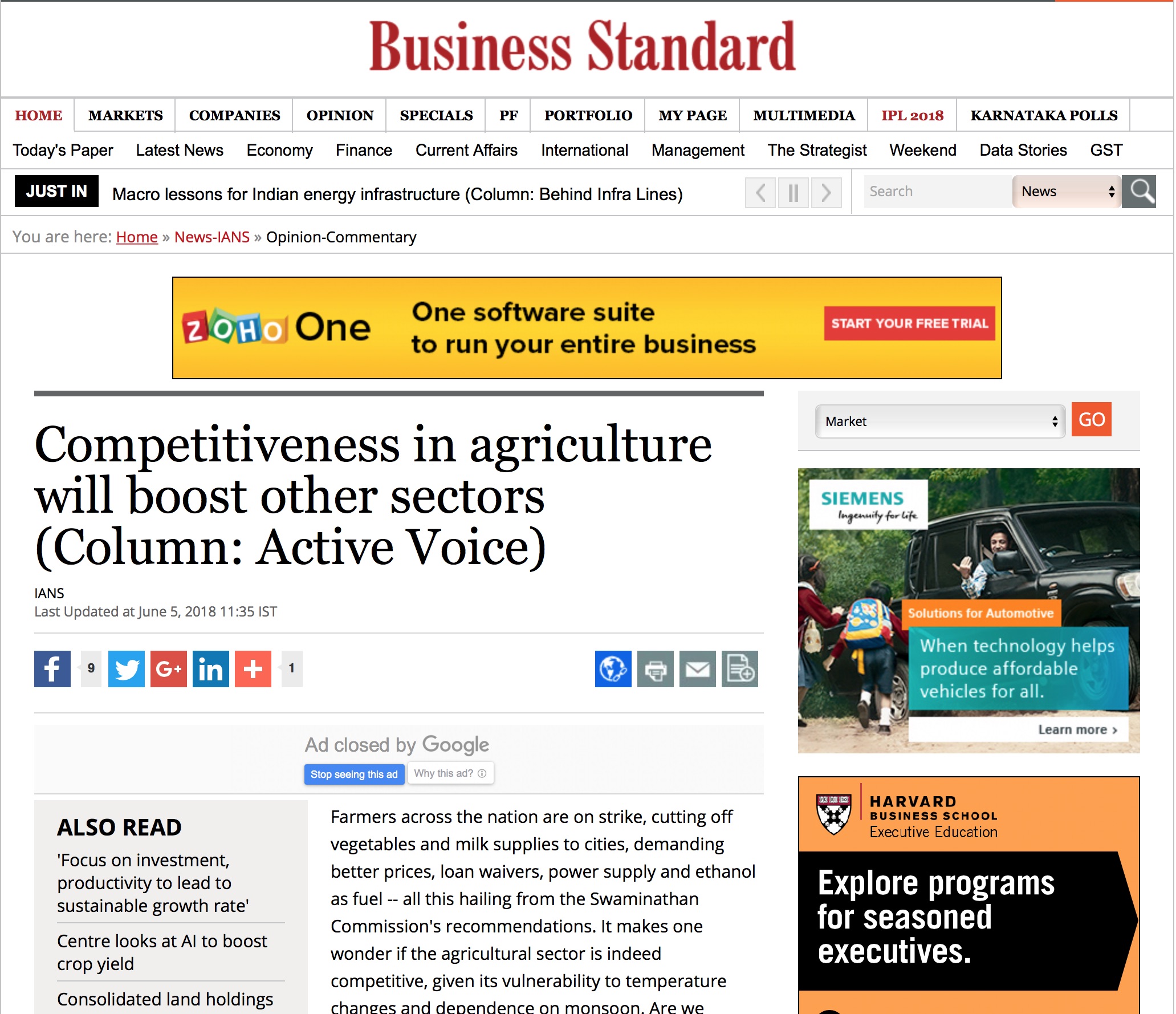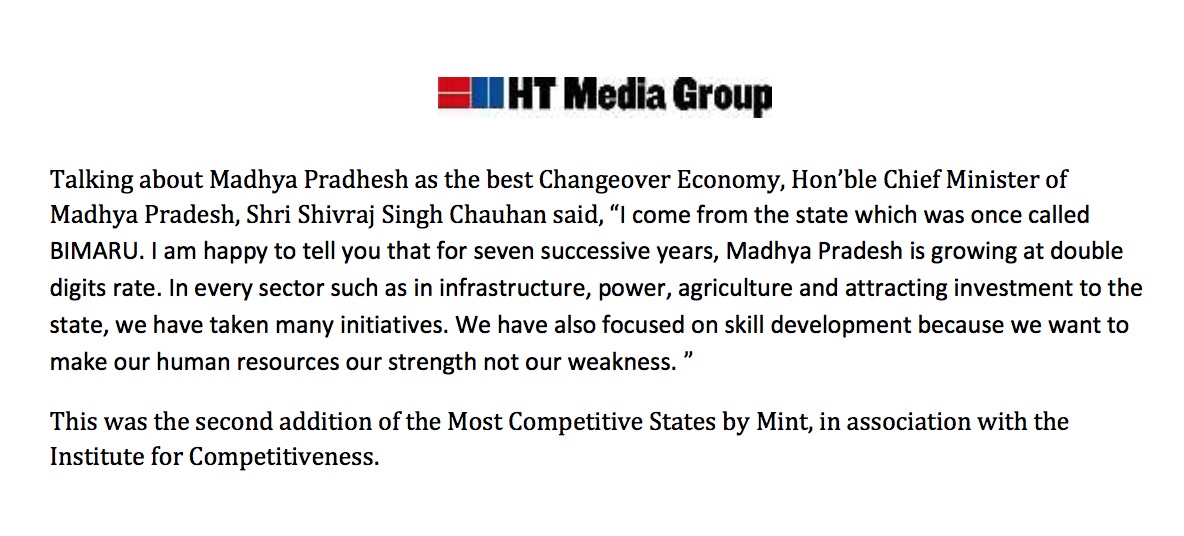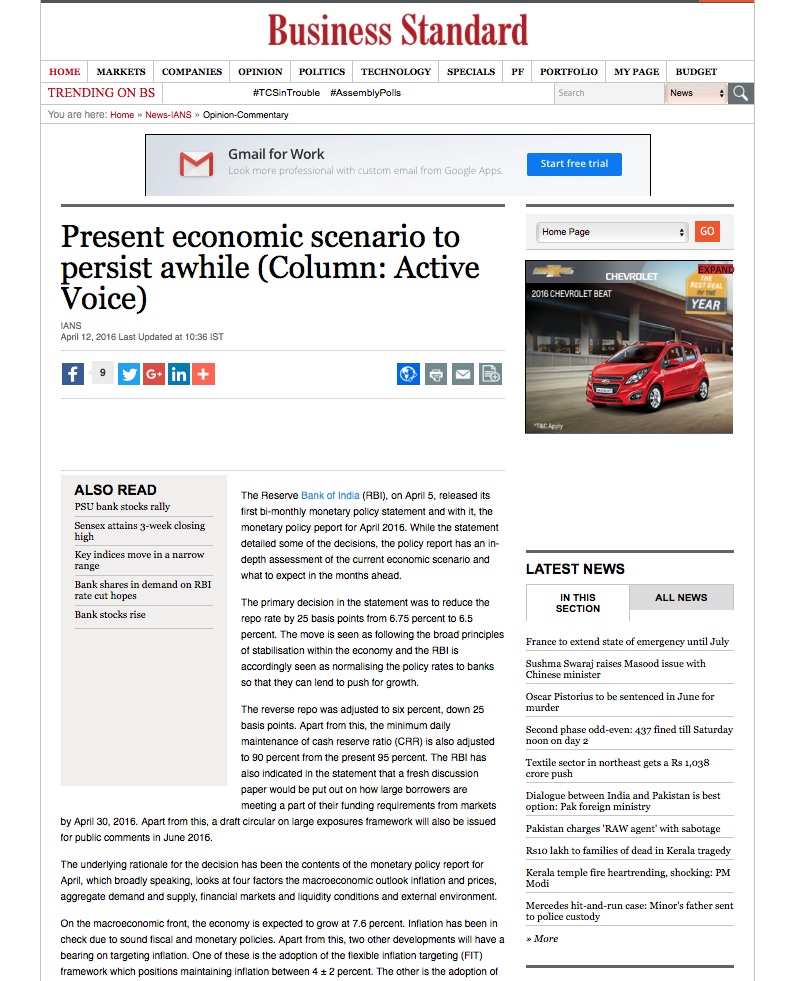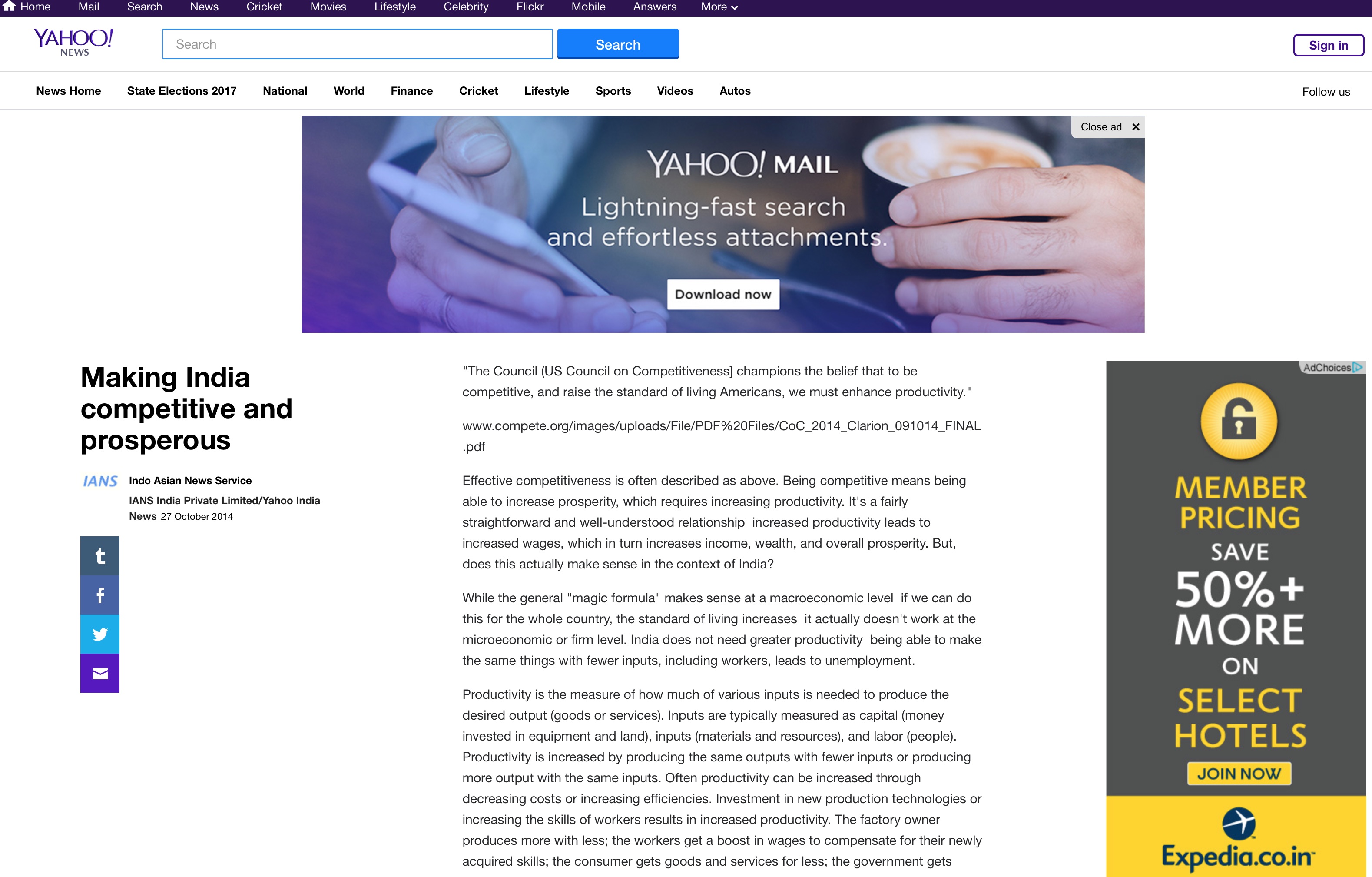Melting Pots to Powerhouses: The Economic Benefits of Diversity and Tolerance
By Amit Kapoor & Meenakshi Ajith
The hallmark of true innovation is not limited to cutting-edge technology. Diversity and tolerance for all things new have always been a crucial asset to fuel innovation and economic growth, not just for individual enterprises but also for entire societies and economies. In the 1980’s, the infamous death spiral of America’s chip industry was reversed by Jack Simplot, a potato farmer with no college education but a terrific acumen for business. The real ‘magic’ of Silicon Valley, as pointed out today, is therefore not in the grand convergence of brilliant engineers but in the adventurous culture, tolerance, and openness to new ideas. Today, as businesses grapple with complex challenges to stay relevant, leveraging a diverse range of perspectives has proven to be a critical driver for creativity and economic resilience. Diversity, equity, and inclusion (DEI) have therefore progressed from being mere corporate jargon to essential principles that organizations strive to embrace. At the recent launch of Apple’s iPhone 16 we saw the company display a carefully curated mix of faces across geographies, ethnicities, and genders This deliberate focus on diversity, not just by Apple but from other emerging enterprises, compels us to consider a pivotal question: Why is diversity a key focal point? Does it contribute to wealth creation, innovation, and productivity? As a rapidly emerging economy, India needs to understand extending the value of its diversity beyond mere representation and harness it as an engine for inclusive and innovative economic growth.
Today, the ethos of modern corporations, the economic structure it operates in, and the societal relations it navigates have changed radically. The formula for a thriving economy has come to hinge on the seamless integration of what Richard Florida called the 3T’s—talent, technology, and tolerance. Talent undoubtedly fuels innovation. Technology amplifies the potential for innovation, but most importantly, Tolerance ensures that diverse perspectives are embraced, creating an inclusive environment that attracts a broad spectrum of skilled professionals. Diversity, as it encompasses the 3Ts, is more than just a societal ideal. It is a critical economic driver. The T’s, when combined, create a symbiotic ecosystem that fosters economic vitality and creative dynamism, highlighting the foundation of openness and adaptability for modern success. Let us test the usefulness of this theory at various levels of analysis, focusing on the significance of diversity and the tolerance towards it.
In recent years, numerous studies have revealed that diverse firms that embrace a range of perspectives are better suited to innovate and adapt. While quantifying all diversity remains a complex endeavour, statements made by business leaders have made a strong case for the desirability of diversity. It is not merely about recruiting from varied identity groups, but businesses are also learning from their identity-related knowledge and experiences to understand how the organization can perform its core work better. Experts call this approach the ‘learning and effectiveness paradigm’. Why cultivate a learning orientation to diversity? Take the case of gender—it is now widely accepted that women-led firms not only outperform in terms of market value but also create more positive work environments. Blau’s gender diversity index, when applied to Western Europe’s telecommunications sector, revealed that a 10% increase in gender diversity is associated with a roughly 7% increase in the company’s market value. The 2023 Global Gender Gap Report highlights that the evidence on diversity in decision-making shows that a diverse group of leaders makes more fact-based decisions that result in higher-quality outcomes. The impact of inclusion is, however, maximum when it exists in a supportive economy and society. A study by Harvard researchers spanning 1,069 leading firms across 35 countries and 24 industries concluded that gender diversity relates to more productive companies only in contexts where gender diversity is viewed as “normatively” accepted. In essence, valuing gender diversity creates a self-fulfilling cycle: industries and countries that prioritize it experience its benefits. This brings to mind Florida’s third T—tolerance.
It is not just firms and businesses that benefit from diversity but economies in general. Many studies, for instance, point to the role of immigrants in economic development. The successful economic performance of America is often attributed to its openness to absorb people from around the world, whereas the eventual slowdown of Germany and Japan is pinned at the growing homogeneity of their populations. It is however critical to understand that if diversity is the rich tapestry of varied threads, tolerance is appreciating the beauty of each stitch. Historically, people have navigated periods of widespread change and unpredictability, but these periods are often characterized by immense suffering and conflict. Strict and extreme beliefs and views—whether religious or political—breed intolerance and prevent flexibility and adjustability to change. It is therefore crucial to identify and reverse patterns of intolerance, whether discriminatory laws, exclusionary social norms, or violence and coercion, and to instead respond to emerging global challenges through mutual respect and collaboration. To this end, the role of education cannot be stressed enough in shaping tolerance attitudes and expanding perspectives.
In this context, it is essential to recognize that India’s diversity transcends being a mere characteristic of the nation-state; it constitutes a sophisticated and potent ecosystem for innovation. As the country moves forward in the age of competitive federalism, states have a pivotal role to play as drivers of development and to facilitate their active participation; national policies should take cognisance of the spatial diversities and address development in all its dimensions across the country. Additionally, as India’s economy rapidly evolves, it is not just nurturing traditional forms of diversity but also spurring new kinds, particularly through increased mobility. For instance, the influx of professionals from varied states into metropolitan centres like Bangalore and Mumbai is cultivating a rich tapestry of perspectives that drives technological and business innovation. Likewise, the migration of labor across agricultural and industrial sectors amalgamates diverse practices and expertise, opening up new avenues for growth. To fully leverage these transformative shifts, fostering tolerance and embracing openness to novel ideas have become paramount. As India navigates this dynamic landscape, nurturing these values will be key to harnessing the full potential of its evolving diversity, ensuring sustained progress and global competitiveness.
The article was published with Economic Times on October 4, 2024.

